Andrology-Open Access
Open Access
ISSN: 2167-0250
ISSN: 2167-0250
Research Article - (2025)Volume 14, Issue 4
Objectives: To investigate the population-based survey of human infertility in District Lakki Marwat Khyber Pakhtunkhwa, Pakistan.
Methodology: Following a thorough assessment of the literature, a specific form of query was developed. This is divided into three parts. Initially, it included information about respondents' backgrounds, gender, tribes, income levels, languages, jobs, and job areas. The second portion discussed the family's history, such as the percentage of intermarriages between parents, the status of the family, the prevalence of abnormalities in the families, their views on miscarriages, and the mode of delivery. The final section inquired about the individual's health history and characteristics.
Results: The survey's population was mainly male (30%), rural (88.12%), and of diverse ages. The majority of cases (87.5%) are sporadic, and 54.35% of the total population was classed as poor. The remaining were evenly divided between isolated (86.25%) and syndromic (13.75%). The most common family type comprised nuclear families (70%), with nuclear families accounting for 30% of all cases. The breakdown of economic status demonstrates the area's socioeconomic inequality.
Conclusion: It indicates that infertility is brought on by a variety of circumstances, including insufficient treatment, stress, a lack of knowledge, occupation, and financial concerns. The study's goal is to increase awareness of infertility diseases and the necessity of preventive actions. To lower disease risk, communities should provide prenatal screening, genetic counseling, and molecular analysis. The research project includes limitations due to the lack of clinical tests in several places.
A failure to conceive or have babies is known as infertility, and it impacts millions of couples globally. Infertility is defined by the World Health Organization (WHO) as the failure to obtain a clinical pregnancy following a minimum of twelve months of regular sex without protection [1]. The term primary infertility means being unable to conceive completely, whereas the second type refers to the difficulty to conceive following a previous pregnancy. Initial infertility affects 2-5% of couples worldwide, while secondary infertility affects 20% [2]. The Centers for Disease Control and Prevention (CDC) indicates that the prevalence of infertility amongst married women aged 15-49 years in the United States was approximately 8.8% between 2015 and 2017. Because of a lack of understanding about the causes and accessible therapies, developing countries, such as Pakistan, have even greater rates of infertility. The overall prevalence of infertility in Pakistan has been estimated to be in the range of 22%, with primary infertility making up 4% of those affected [3]. Infertility affects not only physical wellness but also mental well-being. According to research, the psychological effects of infertility include everything from stress and a feeling of inferiority to serious sadness and anxiety. Infertile people, particularly females, suffer social and cultural limitations that can worsen their emotional agony. In certain cultures, such as Muslim people, infertility can be specifically unkind for women because of cultural customs that permit men to have numerous wives [4]. Infertility diseases are influenced by inherited factors. Several genetic factors have been exposed as being involved in male and female sterility. In males, genes such as AR, CFTR, DZIP1, and USP9Y are connected to infertility. Genes such as BMP15, FOXL2, FSHB, and GDF9 are linked to infertility in females [5]. It is serious to generate familiarity about the reasons, accessible treatments, and care alternatives to lecture the matters of infertility and its psychological effects. Genetic counseling and prenatal testing can support in recognizing genomic variables that contribute to infertility, consenting for more targeted treatment options. Healthcare physicians may bring customized handling and counseling to afflicted entities and couples if they recognize the genetic causes of infertility problems. Infertility is a global issue with medical and mental consequences. Its occurrence differs by area, with cultural and communal effects manipulating its prevalence. Infertility disorders are influenced by inherited aspects, and detecting exact genes related to infertility can assist with diagnosis and remedy. Healthcare workers can support people and couples in directing the problems of infertility by raising alertness and providing in-depth assistance.
A detailed door-to-door inspection was carried out in several areas of Lakki Marwat, using a careful evaluation of existing literature to develop a focused set of interrogations. The inspection covered three main parts. First, it grouped data on the affected individuals' demographic characteristics, such as cultural family, age, cultural background, social and economic status, language he/she speaks, profession, and areas of work. The second part inspected marital related information such as parental blood kinship, family rank, occurrences of anomalies within relatives, and individuals' history of birth losses. Finally, the last segment required about statistics about the respondents' particular health history concerning reproductive health.
During the inspection, a total of 160 cases involving infertility were recorded, with the data gathered carefully systematized and documented in Microsoft Excel. The data was then separated into six tables on base of origin, gender, age variety, household type, parental kinship, and socioeconomic status. The Chi-square Test was use for the analysis of these constructed tables. Our statistical study produced the following noteworthy results.
The inspection of demographic variables stretches valuable data about the structure and features of the considered population. Gender distribution shows that 30% of individuals included male and 70% were female, comprising a well-proportioned gender representation. According to distribution on basis of origin, it is worth noting that 88.12% lived in village areas (rural), while 11.87% lived in urban areas. This gap proposes that rural inhabitants have a larger number of affected than urban groups (Figure 1).
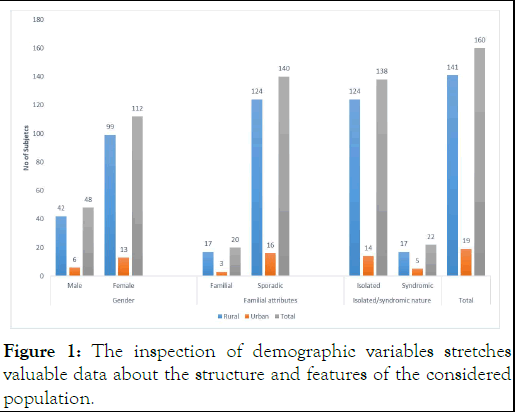
Figure 1: The inspection of demographic variables stretches valuable data about the structure and features of the considered population.
When the ages are considered, a wide distribution was recorded. According to the graphs, 15.62% of individuals were between the ages of 16 and 25, means younger people are less affected. In contrast, the 26-35 age set had the major percentage, accounting for 51.87% of the inspected people. Persons from age 36 to 45 made up 25.62% of the total, while 6.8% of the affected people were between age 46 to 55. These statistics offer useful data about the age distribution of the considered population size, representing a major percentage of those in the late twenties to mid-thirties (Figure 2).
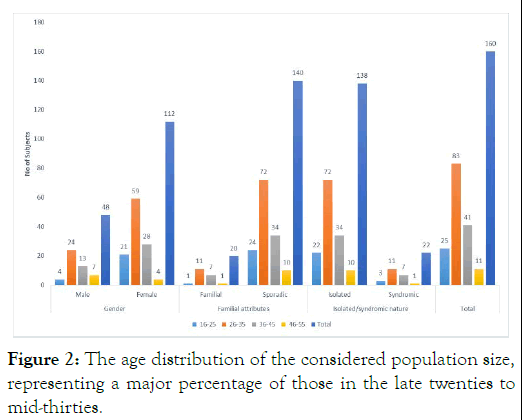
Figure 2: The age distribution of the considered population size, representing a major percentage of those in the late twenties to mid-thirties.
Exploratory the individuals' financial situation discloses a diverse range of backgrounds. According to the data, 54.37% of the families were categorized as poor, while 38.75% were from middle-income families. Additionally, 6.7% of the individuals belonged to high end families. These results projects light on the inspected people's economic diversity, representing the presence of people from various financial backgrounds (Figure 3).
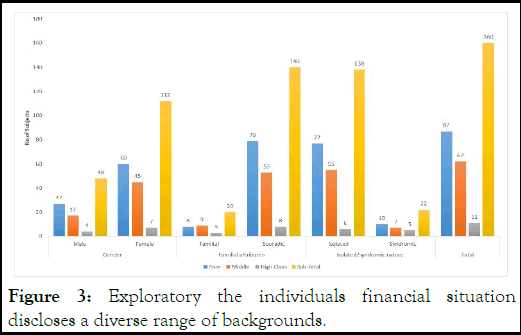
Figure 3: Exploratory the individuals financial situation discloses a diverse range of backgrounds.
When analyzing demographics, another crucial factor to examine is family type. According to the data, 28.12% of those surveyed belonged to one-couple households, while 71.87% belonged to nuclear families. These figures shed light on the family composition of the examined population, demonstrating a higher incidence of nuclear family arrangements (Figure 4).
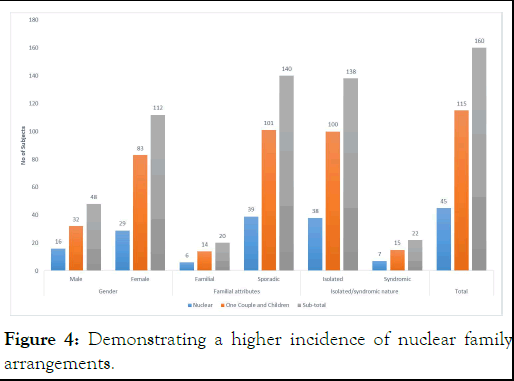
Figure 4: Demonstrating a higher incidence of nuclear family arrangements.
The participants' occupation patterns provide fascinating observations. According to the data, 10.62% of the people surveyed had employment, while 89.37% were jobless. These numbers provide insights into the job situation of the sampled population, as well as a glance into the labor market dynamics (Figure 5).
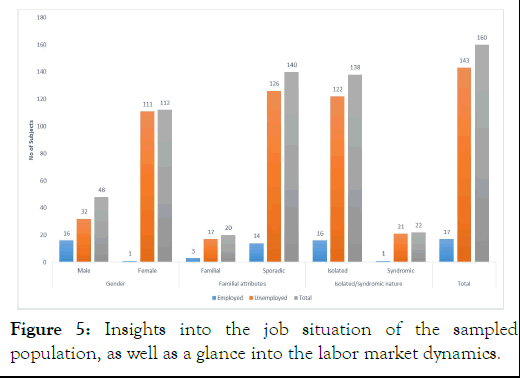
Figure 5: Insights into the job situation of the sampled population, as well as a glance into the labor market dynamics.
When it comes to levels of literacy, the data shows the educational achievement of the questioned population. 63.12% of those polled were uneducated, while 30.62% were literate. Individuals who are "literate" have mastered basic writing and reading skills (Figure 6).
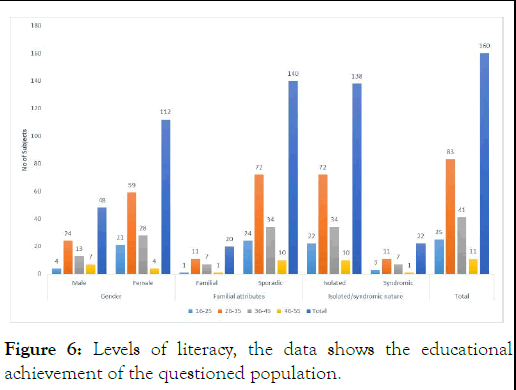
Figure 6: Levels of literacy, the data shows the educational achievement of the questioned population.
Consanguineous marriages accounted for approximately 27.5 % of all paternal marriages. Consanguineous marriages outnumbered non-consanguineous marriages had a percentage of 62.5% (Supplementary Table 1).
Infertility is defined as a sexually active couple's inability to accomplish a natural conception within one year if they do not utilize contraception [6]. It is a global problem with serious sexual and social repercussions, putting a load on both the healthcare system and the community as an entirety. Masculine factors influence 20-70% of instances of infertility among the generally reported 15% of couples globally, according to Agarwal, et al. [7]. This could be due to congenital or acquired urogenital difficulties, anomalies, predisposition to certain genes, disorders of the immune system, infections, cancers, and/or endocrine dysfunction. Male infertility, on the other hand, is unexplained in 30% of instances [8]. Infertility is expected to affect one in every seven marriages in Western nations and one in every four couples in economies that are developing. Infertility rates may reach 30% in some places, including South Asia, Sub-Saharan Africa, the Arab world, and North Africa, as well as Central and Eastern Europe, and Central Asian countries.
In our study, we looked at the demographics of 160 people, both male, and female, who had infertility problems in the Khyber Pakhtunkhwa area of Lakki Marwat (Supplementary Table S2). We found that 71% of those impacted were female, whereas 30.1% were male, based on statistical research. The bulk of these people (88.125%) lived in rural areas, while 11.875% lived in urban areas. Of the entire 160 infertility cases, 36.9% were categorized as primary infertility, with the remaining 5% categorized as secondary infertility (Supplementary Table S2). Poor medical evaluation and a lack of proper genetic counseling are believed to be the leading reasons for infertility in the Lakki Marwat population.
[Crossref] [Google Scholar] [PubMed]
[Crossref] [Google Scholar] [PubMed]
[Google Scholar] [PubMed]
[Crossref] [Google Scholar] [PubMed]
Citation: Bibi S, Gul S, Sharif M, Akram F, Woosqa UT, Sheraz M, et al. (2024) A Population-Based Survey on Human Infertility in District Lakki Marwat Khyber Pakhtunkhwa, Pakistan. Andrology. 14:345.
Received: 28-Aug-2023, Manuscript No. ANO-23-26361; Editor assigned: 30-Aug-2023, Pre QC No. ANO-23-26361 (PQ); Reviewed: 13-Sep-2023, QC No. ANO-23-26361; Revised: 19-Jul-2025, Manuscript No. ANO-23-26361 (R); Published: 26-Jul-2025 , DOI: 10.35248/2167-0250.25.14.355
Copyright: © 2025 Bibi S, et al. This is an open-access article distributed under the terms of the Creative Commons Attribution License, which permits unrestricted use, distribution, and reproduction in any medium, provided the original author and source are credited.